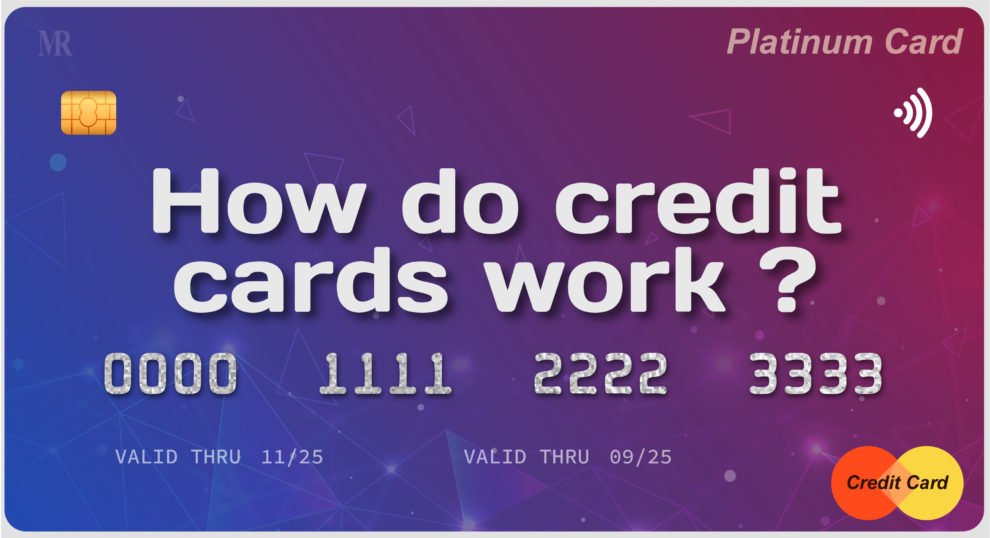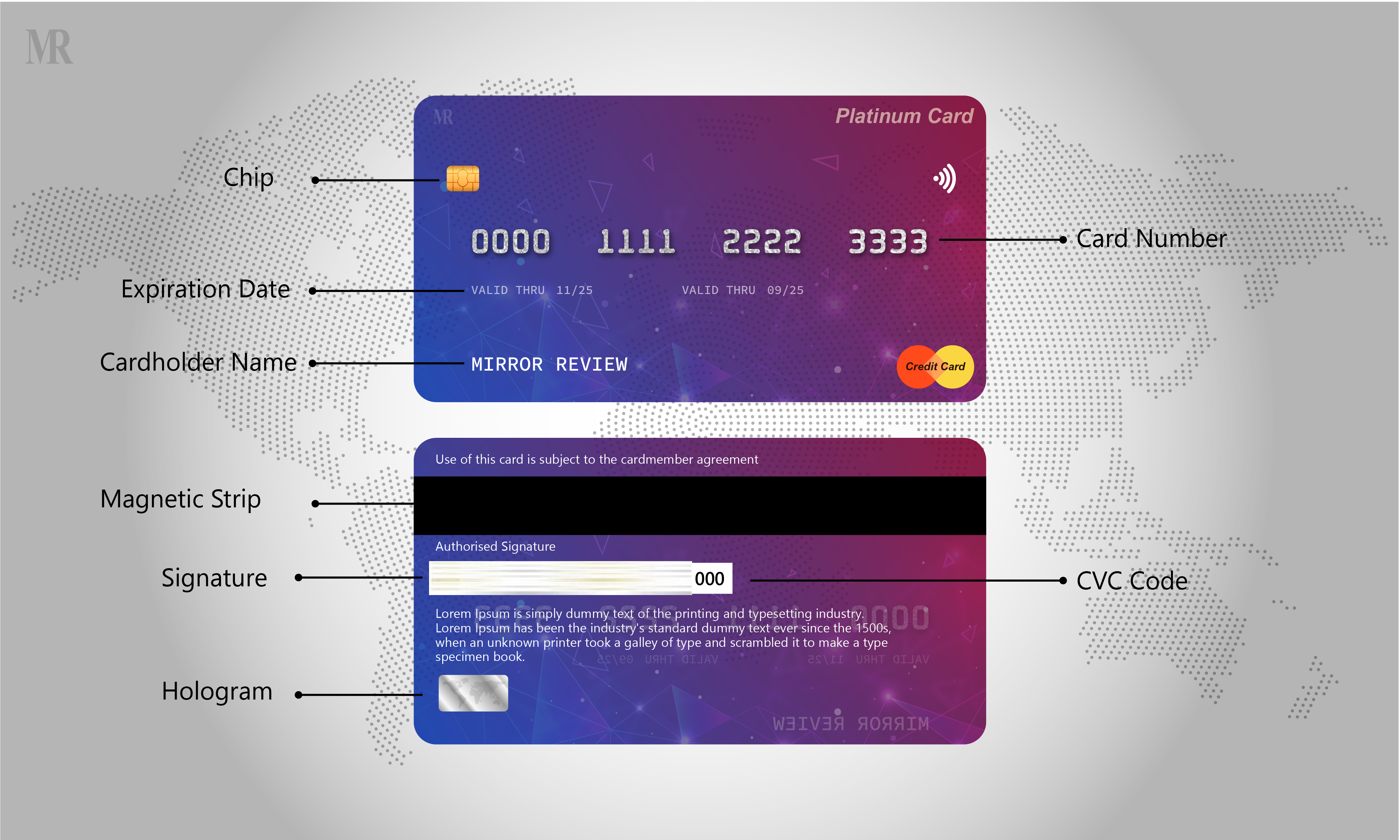How do credit cards work? Everything you want to know about Credit Card

If I tell you that you can buy something now and pay for it later, how you would react to that? Yes, the functioning of credit cards revolves around a similar mechanism. The idea of how credit card works is fascinating for all of us.
The history of credit cards or the credit system has evolved with the evolution of humans. In the 1950s, we witnessed the first modern credit card, when Diner’s Club issued its first modern credit card for several retailers. This was followed by numerous vital changes in credit card history. Till the 1980s, several cards had a magnetic stripe on the backside which was decoded by specialized computer equipment. This was soon followed by EMV smart chip which allowed banks and merchants to have a smoother transaction.
Today, credit cards are used by everyone and are hugely promoted by banks.
What is a Credit Card?
A credit card helps the user to make a purchase or pay bills or withdraw cash within the credit limit. The cardholder is later imposed with interest on the borrowed amount. Depending upon the cardholders’ financial condition, the bank pre-set’s the borrowing limit.
Anatomy of Credit Card

Analysis of the Credit Card
Basically, a Credit card is a type of loan. The annual percentage rate (APR) on credit cards is higher as compared to other forms of consumer loans. The interest on the purchase is charged after the grace period of 21 days. Another important factor you must consider while applying for a credit card is —the interest rate is charged daily or monthly?
How is a credit score calculated?
Credit Score—indicates your creditworthiness. Generally, the credit score ranges between 300-850. The credit score depends on various factors such as your history of repayment, total levels of debt, number of open accounts, type of credit, and new credit. Financial institutions use FICO as a method to measure the credit score of the individual.

Types of Credit Card
- Reward Credit Card
This type of credit card offers numerous incentives such as gifts, cashback offers, airline miles, hotel room rentals, etc.
- Plain vanilla credit cards
This card does not offer any rewards but has a low APR. You can use this type of card when you have a financial emergency.
- Secured Credit Cards
To opt for a secured credit card, you have deposit security which acts as a credit limit of the cardholder. Once you build your credit and pay all the bills timely, you will qualify for the unsecured credit card. This is best for those who want to build or rebuild the credit history.
- Business credit cards
This is best for small businesses if you have just started your business. A business credit card might help you in the growth of your business.
- Student credit cards
As a student, you might need money for your daily expense. A student credit card is the best option for such miscellaneous expenses. These cards will offer you nominal APRS and rewards.
- Balance transfer credit cards
This is the viable option when you have a high APR on a card balance. This will help you in transferring the debt to a balance transfer credit card with a 0% introductory APR.
Related: The best credit cards of 2021
Credit cards vs. debit cards

How do credit cards work?
The first and foremost step to use a credit card is to apply for it. As a credit cardholder, you have sent all the required information to the merchant’s bank. Once your credit card is approved by the credit card issuer, you can use the card to make a purchase and pay bills. The limit on the credit card depends on the creditworthiness. Similar to a normal transactional card, the merchant bank sends the monthly statement showing all the transactions, current balance, previous balance, minimum balance, and the payment due. By law, you are allowed a grace period—the period between the date of purchase and the due date. If you pay the amount in full till the due date, there will be no interest charged. And, if you do not maintain the balance, you will be charged with interest. Generally, the interest is calculated using APR (annual percentage rate). It will include both interest rate and other costs including annual fees on the card.


Comments
Post a Comment